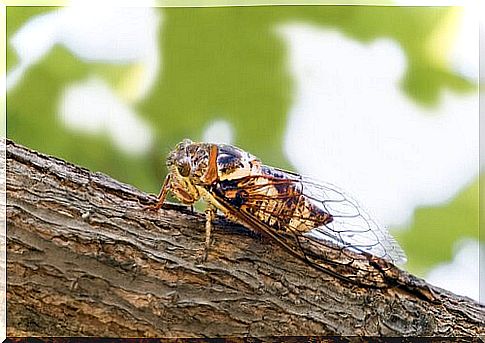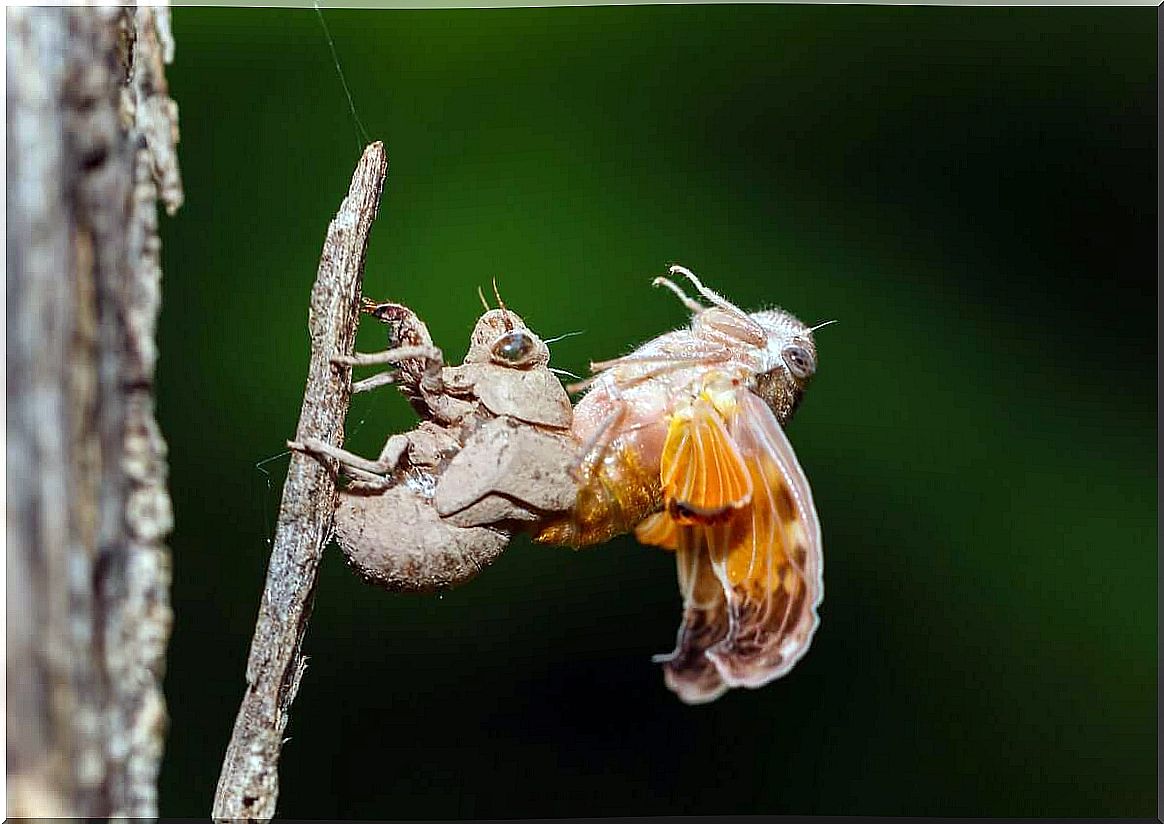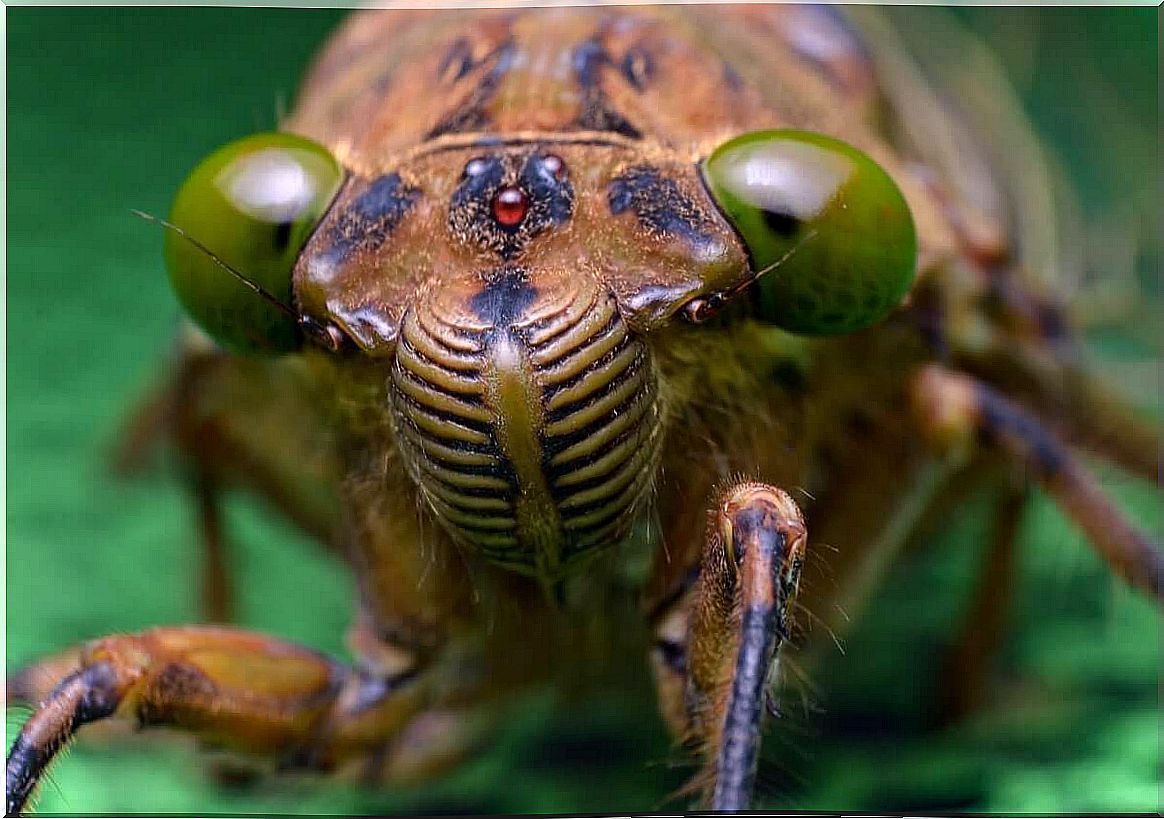Why Do Cicadas Only Sing In Summer?

When the long summer afternoons arrive, new sounds emerge from nature, such as the chirping of chicks that learn to live by observing their parents. Among these, the song of cicadas certainly does not go unnoticed. But why do cicadas sing in the summer?
The song emitted by these small arthropods warns us of the arrival of heat; the sound of cicadas, in fact, is typical of the summer season in various countries of the world. But what is it due to?
A mysterious life
You may have wondered where the cicadas spend the rest of the year or why they only sing in summer. Many people are unaware that these insects spend most of their life underground and only emerge during the warm months.
Among the several hundred species existing around the world, some live underground during a single winter season. Other species, however, such as those living in North America, spend 13 or 17 years under the ground.
Cicadas sing in the summer
The song of cicadas is the loudest sound produced by any insect. Some smaller species emit their song at such a high frequency that it cannot be perceived by humans . This repetitive sound gives a feeling of peace and serenity to many people. Others, however, find it very annoying.
It may seem strange, but cicadas do not sing like other animals through the throat, as they do not have a phonatory system. To make sounds, these insects use a membrane called the tympanic membrane, which is located between the chest and abdomen. Thanks to some muscles, cicadas make the membrane vibrate which produces a very loud sound.
But why do cicadas only sing in summer? What is the function of this sound? Well, heralds the start of the mating season. These insects, therefore, sing to attract their fellow creatures and reproduce.

Reproductive cycle of cicadas
The cicadas life cycle is very particular. In most species, it usually lasts between two and five years, but as anticipated at the beginning of this article, some North American species have longer cycles, between 13 and 17 years.
When the summer heat intensifies, the cicadas’ nymphs emerge all together and climb the canopies of the trees. Once they arrive, they begin to moult or ecdise.
The animal pumps blood to the abdomen to expand it so that the outer layer of integument separates from the body. Following this, a line opens in the upper part of the chest from which a shy cicada emerges that will still have to harden its exoskeleton.
When the cicadas are ready, they begin to emit their song which can last several days or even weeks, until each specimen is successful in mating. Immediately afterwards, the females with their saw-shaped ovipositor reproductive system cut into the wood, where they will deposit their eggs. After that, all the adults die.
Within a few days, nymphs with extremely large front legs are born from the small eggs, which are necessary for digging. The nymphs let themselves fall to the ground, go underground, near the roots of the tree to feed themselves over the years, until they are ready to rise as adults.
Studies tell us that nymphs do not harm or retard the growth of trees, which is why it is not necessary to proceed with pest control.
Why do cicadas sing and emerge together?
In general, the cicadas’ life cycle is still largely a mystery today. The reason why some species take years to surface or why all of the same species do so at the same time keeps many entomologists in suspense.
One of the explanations is that provided by an ecological theory called the “satiated predator”. This idea explains that the more prey there are in a given place and time, the lower the chances of predation.
In the case of cicadas, emerging all together many will be hunted by birds, but many others will remain that can reproduce.
If a small group of cicadas anticipate or delay their exit, they are more likely to all be attacked. This explains this need for synchronization between the various specimens.

Much remains to be discovered about the life of these insects, but what we know at the present time is surprising. The next time you hear the cicadas singing in the summer, remember how long it took them to be ready to go out into the outside world.








